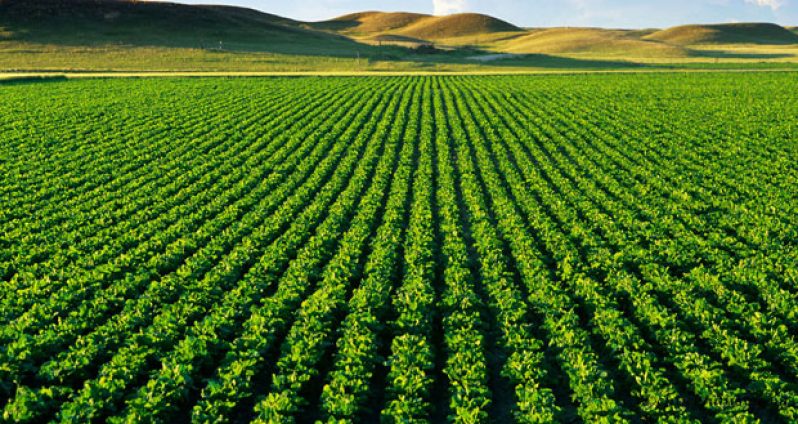LARGE-SCALE agricultural development plans are expected to be rolled out in this year’s budget, with emphasis likely to be on the Intermediate Savannahs and the Rupununi Savannahs. The Guyana Chronicle understands that a recent special cabinet meeting on budget plans looked at large-scale agricultural development in the Savannahs for this year, including the production of Soybeans in the Kimbia/ Ebini savannahs.
Minister of Agriculture, Noel Holder, reported on plans to complete an Agricultural Development Plan for regions 7, 8 and 9, along with the expansion of orchard production in the Intermediate Savannahs.
In 2015, work began on updating feasibility studies on the agricultural development of the Intermediate Savannahs, which included detailed land-use plans; road, river and air transport; water supply and distribution; social and agricultural support services plans; physical infrastructure; environmental impact assessment and a protection plan.
The government’s 2015 Manifesto had indicated development of the hinterland as a priority, with the implementation of policies. The Intermediate Savannahs has long been considered the next frontier of agricultural development, and several studies conducted by a number of competent agricultural and related professionals have indicated the vast untapped potential within the region.
In the budget plans for this year, it was also decided that there will be the operationalising of a spice factory at Hosororo in Region One, with special emphasis being placed on turmeric and ginger, which are imported into Guyana in large quantities. It is intended that the turmeric from Hosororo be sold to manufacturers in Georgetown.
The Ministry of Agriculture also plans to start the micro-propagation of breadfruit in an effort to increase production.
The Guyana Chronicle understands that the existing feasibility study for the Rupununi Savannahs will be updated and expanded, with a view to logical expansion in the area, along the lines of the Santa Fe model.
It was noted that over the next five years, the government intends to re-establish agricultural stations in each of the main economic zones in the country, with a view to demonstrating the agricultural potential of these areas.
NAREI
Meanwhile, it was noted that in 2015, the National Agricultural Research and Extension Institute (NAREI) continued to push research and development in Guyana with the inclusion of new crops and species.
NAREI has completed the agronomic packages for two new sweet pepper varieties, while the use of grated cassava in the baking industry was pursued. The Guyana Chronicle understands that this was successful and will be intensified in 2016.
It was also noted that a high-tunnel structure has been established at the University of Guyana Berbice Campus, to promote climate-smart practices, while an automated hydroponic facility has been established at Mon Repos, East Coast Demerara, for training and demonstration purposes.



.jpg)









